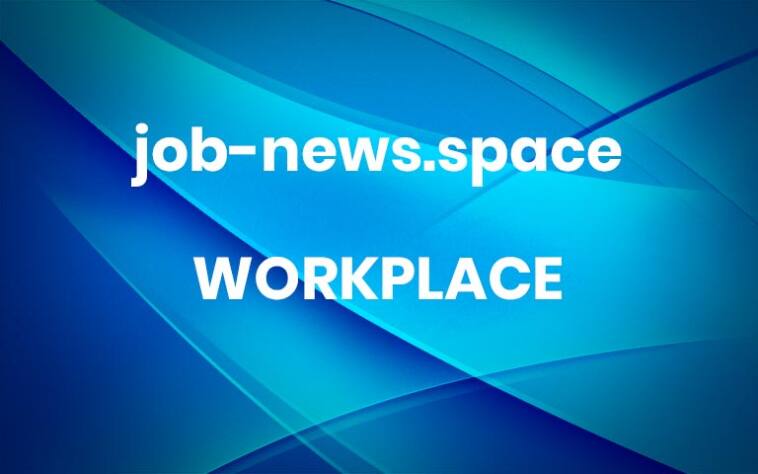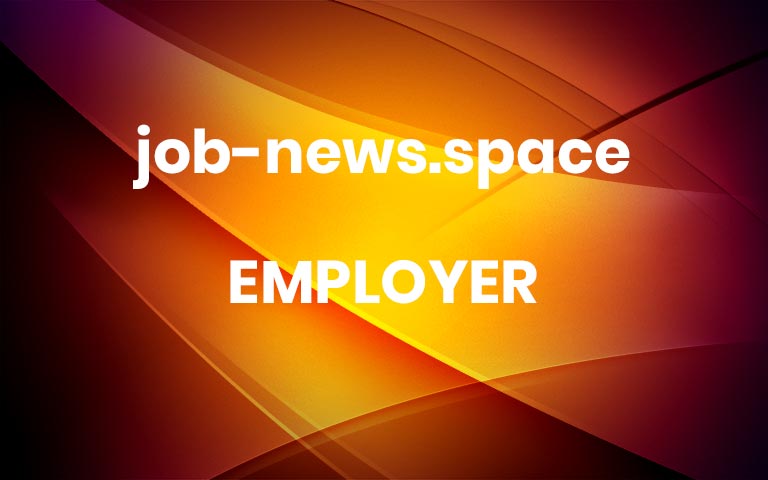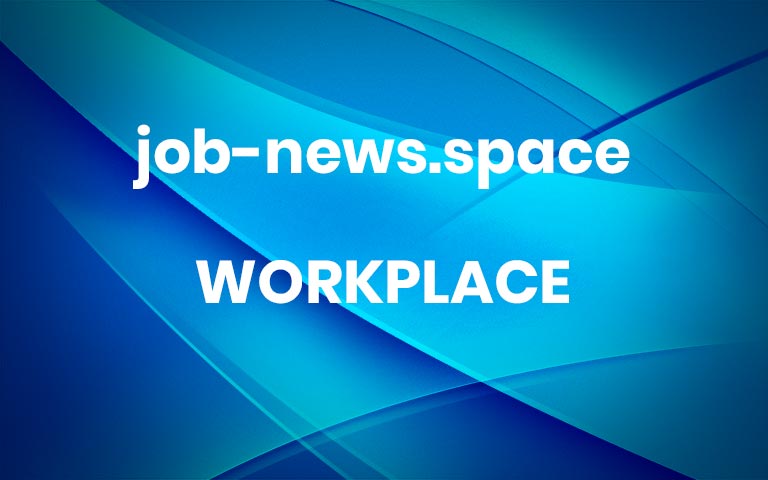Have you ever felt like you’re in way over your head in your career? Or maybe read a job description and thought, ‘there’s no way I’m qualified for that’? If so, you may be experiencing imposter syndrome.
Imposter syndrome is the appearance of anxious thoughts and feelings leading you to believe you’re out of your depth in a certain situation or like you’re a fake who may be discovered at any point. You might feel like you’re not deserving of success, praise, or even a new job or promotion.
While imposter syndrome doesn’t gender discriminate, this scientific study explains how imposter syndrome manifests within professional women: “Despite objective evidence of success, these women had a pervasive psychological experience believing that they were intellectual frauds and feared being recognized as impostors. They suffered from anxiety, fear of failure, and dissatisfaction with life.”
Imposter syndrome has become a bit of a buzzword in many tech and business circles — but it’s not without reason. It is a common underlying fear in many professionals with up to 82% of people experiencing it. Imposter syndrome is especially prevalent in those looking for new jobs. Read on to understand the root causes of imposter syndrome, how to detect it, and actionable tips on how to combat it during the job search process.
Identify ways to spot imposter syndrome
These feelings of inadequacy can be insidious and not altogether apparent. You may not even realize you’re experiencing imposter syndrome.
As Jessica Bennett, author of Feminist Fight Club, explains in her FastCompany article, imposter syndrome comes in many flavors. Bennett outlines the most common ways you to identify you’re experiencing it:
Feeling sure you’re going to fail or embarrass yourself.
Feeling like you’ll be exposed at any moment and tricked people to get your position.
Devaluing your worth or minimizing your accomplishments, even if others are actively championing you.
Underestimating your expertise, like thinking you’re not qualified for a new job (more on this in the next sections).
Understanding the impact on underrepresented groups
Unfortunately, imposter syndrome is more common amongst women and underrepresented groups. Studies show female entrepreneurs experience imposter fear to the degree that it hinders career growth. Even prior to entering the professional world, college students found links between imposter feelings and certain ethnic groups, leading to mental health problems.
We recommend Sheryl Nance-Nash’s BBC article for a deep dive on how oppression, systematic racism, and unequal representation leads to more instances of imposter syndrome for women of color.
In a personal reflection from a member of our partner Diversability, Puneet S. says, “I only apply or do something if I am 110% sure and prepared. At times, I still doubt if I am good enough for the project. Some say historically marginalized groups tend to self-select opportunities so we should apply even if we don’t meet every criterion. This has helped me become aware of my unconscious bias and pushed me to show up and self-advocate.”
In a conversation on imposter syndrome, it’s important to recognize and understand the impact of structural issues embedded in it. Addressing imposter syndrome is really tied to fixing these broader societal institutions. An article from Harvard Business Review urges the narrative to switch from fixing people to fixing bias, as feeling like an outsider is often the result of systemic issues. In this context, the onus is on leaders to help stir change.
Shifting from a big picture view, let’s review how amid these larger structural problems, you can practice self-care and resilience to face imposter syndrome.
5 ways to defeat imposter syndrome in the job hunt
Imposter syndrome may manifest itself within your job search. If you’re on the hunt for a career change, but find yourself doubting your experience, abilities, or strengths, it may keep you from applying to certain roles. You might look at a job description and think there’s no way you could measure up, even if you have both the preferred proficiencies and experiences listed in the description – that’s imposter syndrome rearing its ugly head.
Qualify yourself
Brittany King, Senior Manager, TA-Talent Intelligence & Diversity, and a member of our partner Sista Circle says, “As someone who has been in the Talent Acquisition space for some time, I often hear about the effects imposter syndrome can have on jobseekers, namely early career talent or talent looking to break into a new industry.
Ultimately, the circular dynamic of “experienced required” vs “I need a job to get experience” leaves many feeling hopeless and lost. After all, how should one actually get experience without experience?
For me, it’s a simple answer: ‘Qualify yourself.’ I don’t mean wake up tomorrow and pursue the role of CEO fresh out of college, but I do mean checking-all-the-boxes is not required for success in a role. Good companies know that. This is especially important if you’re a member of a historically marginalized community.
For example, research has shown women only apply if they meet nearly 90% of the requirements of a role whereas men tend to apply when they meet only 50-60% of the requirements. This is a good case for the reality that it’s not always the “qualified” who get the job, but those who had the temerity to qualify themselves.”
Below you’ll find our tips for countering feelings of inadequacy and gaining the courage to confidently apply to more positions.
1. Keep a “Wins Folder”
When you’re feeling unqualified, it’s easy to forget the amazing things you’ve done. Cataloging your accomplishments and milestones is a great way to reinforce your worth. Start a “Wins” folder, either on your desktop or in Google Drive. The idea is to organize and track your professional achievements.
If you’re ever feeling unsure and incompetent, open the folder and scan some entries. Pull it up before you go into any intimidating situation—an important meeting, performance review, or even a casual catchup with someone impressive in the office. As a bonus, you likely need some of this information for job applications, so it will be easy to access.
Ideas of the collateral to save:
Collect any positive feedback from colleagues, supervisors, clients, or customers, i.e., performance reviews or project assessments. You could even screenshot encouraging emails as a PDF.
Keep track of benchmarks and goals you hit in your previous roles (sales quotas, effective campaigns, etc.).
Notate any promotions you’ve received and any positive evaluation accompanying it.
LaShawnda Rodgers is VP of Community Outreach for Blacks In Technology RDU among other roles including Founder, Leadership Coach, and Corporate Trainer. Based on her experiences with clients, she shares advice for jobseekers.
“Keeping a detailed list of your accomplishments is imperative in job hunting to defeat imposter syndrome. It allows you to see and acknowledge how brilliant you are… I have my coaching clients ask themselves where those negative thoughts come from and if they are facts. Facts can be proven. If the answer is no, then they aren’t true.
Remember, the unfamiliar is scary but necessary for growth. Change your language about things that are unfamiliar. Instead of saying, ‘I have no knowledge of XYZ,’ say ‘I am in the processing of learning about XYZ.’”
2. Develop constant feedback loops
People who experience imposter syndrome are often hesitant to ask for feedback. It makes you more vulnerable. Yet, getting frequent feedback is actually a powerful way to combat insecurities at work.
For starters, good feedback loops surface constructive criticism and an opportunity for positive reinforcement. Setting up the right feedback mechanisms with your manager and colleagues helps you see what you’re doing well in the eyes of others. It also offers up more evidence to add to your achievements (get it in that Wins Folder!). If you notice particular instances when you feel imposter syndrome creep in more, try to establish feedback around those events.
Further, frequent feedback gives you more real-time input into how your performance and behavior comes off to others. If you get nervous in meetings, for example, ask for feedback on a specific meeting or presentation soon after it happens. Those who suffer from imposter syndrome might dwell on a minor detail (like stumbling over a sentence) for months. Hearing from someone else on what went well and what didn’t will help reframe your thoughts.
3. Set and track achievable goals
Setting small, realistic goals, allows you to identify tangible accomplishments and celebrate meeting them, effectively bolstering your self-esteem.
As the productivity experts at Hubgets explain, “without specific, decisive goals to point you in a clear direction, it can be a challenge to find motivation and purpose… Establish your main target each day and set out to achieve it before working hours are over. The thrill of pursuit and the pride of success are excellent motivators.”
When job hunting, your goals might be small tasks like: update my resume or apply to three positions this weekend. Then, make sure to recognize and celebrate when you meet those objectives. This consistent reinforcement will help boost your self-confidence and keep you motivated during the job search, especially when feelings of doubt or low self-worth pop up.
As we all know, looking for a new job can be a discouraging process. This practice will help!
4. Network with peers
Comparison may be a dangerous habit during the job search. Keep this in mind: the goal of networking isn’t to measure yourself against others in your industry. It’s more so to give you perspective.
When you join new groups or attend events, you’ll receive a broader sense of the current job landscape. Additionally, you’ll create invaluable relationships with folks who may be outside your current organization but still understand what you’re going through. As such, you’ll receive support, positive reinforcement, and validation.
Also, look for those who’ve successfully completed a job hunt and ask about their experiences. You might be surprised how many others felt imposter syndrome during the process only to end up in a role they rightfully deserved.
Related: Hired Partners: Community and Networking for Jobseekers
5. Fill up your tool box
There are many tools to incorporate into your daily life to reaffirm your worth. You just need to understand them, experiment with them, and see what works for you.
To get started, try these practices:
Meditate while asking yourself questions to gain clarity. For example, “What am I trying to achieve? What am I doing that works?”
Focusing on abundance by listing what you’re grateful for in your life and career.
Take self-assessment tests to better understand your personality, strengths, and weaknesses, i.e., Meyers-Briggs, Enneagram, PATH Assessment.
Journal to dig deeper into issues or release negative thoughts.
Avoid imposter syndrome and find the perfect role
Imposter syndrome can rob you of your confidence and make you doubt your unique skills and experiences. Even worse, it might make you second guess applying for a new position that’s perfect for you.
Instead of beating yourself up or getting lost in negative thoughts, take action against imposter syndrome. Use the above strategies to reinvigorate your mindset and banish thoughts of skepticism and worry. Know you’re not alone when you feel doubt, and remind yourself of your qualifications.
Happy job hunting!
Continue reading our Ally Series: More





